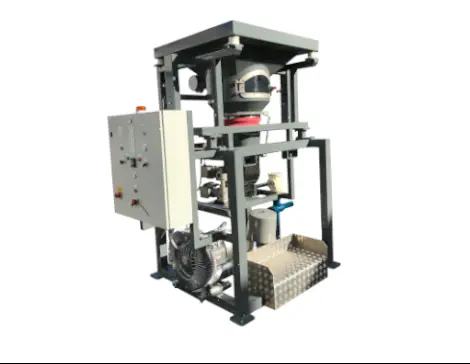For flue gas treatment, to control airborne emissions of sulphur oxides (SOx) and nitrogen oxides (NOx)
Waste incineration, along with many other industrial processes, generate flue gases. These often contain pollutants such as sulphur oxides (SO2 + SO3), nitrogen oxides (NOx), hydrochloric acid (HCl), hydrofluoric acid (HF) together with heavy metals, dioxins, and furans.
Lime, hydrated lime and limestone-based products are highly efficient reagents for capturing these contaminants and when mixed with other components, will also remove so-called micro-pollutants.
The Ingredient Batching Systems dosing rig was designed to pneumatically convey hydrated lime into already existing flue gas ducts. As each rig is skid mounted, fully assembled, and tested prior to arriving on site, all that is needed is a 32Amp power supply for the dosing rig to be ready for use.
Want to learn more or have a project to discuss? Book a free Microsoft Teams meeting with us today!





